 At a time when energy prices are high and it’s more important than ever to make efficient use of labor and time in restaurants, your equipment needs to do its job well. When it comes to cleaning tableware, how well does your dishwasher do? Is it ever necessary to rewash items or polish them by hand? Depending on what kinds of new foods you’re bringing to the menu, you may need to make some changes. A recent Restaurant Business report says that beyond proper racking and scraping of tableware prior to loading in the dishwasher, you may need to consider new washing products that are designed to remove high-protein foods or other foods that call for tableware to be washed differently. 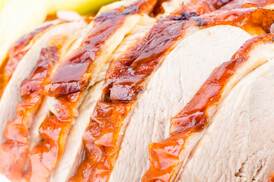 Poultry may be an especially hot commodity right now amid supply chain strains, but don’t let that result in the relaxation of any food safety standards on your part. Poultry is still among the top commodities responsible for foodborne illness, so it’s especially important to take care when preparing it. Keep raw poultry and its juices away from other foods during preparation and refrigeration. Don’t wash poultry, which can contaminate nearby surfaces. Cook it to an internal temperature of 165°F and ensure an accurate measure by inserting the thermometer into the thickest areas, avoiding bone. 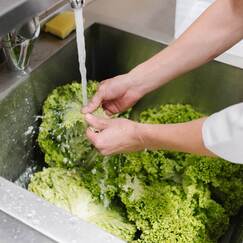 If you’re serving up more raw vegetables right now – and keeping watch on potential food safety problems in the supply chain – you may be more concerned about taking steps to make your produce extra clean and contaminant-free. There are a number of antimicrobial produce washes on the market that promise to kill nearly 100 percent of pathogens, but are they worthwhile? According to the FDA, there isn’t a need for a specific produce wash – rinsing with plain running water and, for firm produce, scrubbing with a brush, is all that’s needed. In fact, it has said that such washes may leave a residue on a piece of produce or change its taste. However, a produce wash may feel like the safer choice if you’re serving foods with a poor safety history, if you anticipate problems related to regions where you source produce, or if you simply serve a lot of dishes containing raw vegetables. While more frequent handwashing and use of alcohol-based sanitizers may be keeping bacteria at bay in your restaurant, they may also wreak havoc on skin during the winter months. Dry, cracked, itchy, flaky or even bleeding skin can result – and increase the risk of infection. While washing with lukewarm water and using moisturizers can help, the use of ointments or creams isn’t practical when preparing food. Encourage your staff to take extra care of their skin when they are away from work. The American Academy of Dermatology Association advises moisturizing immediately after washing hands and using a squeezable, fragrance-free, mineral oil- or petrolatum-based cream or ointment. Doing so is especially important after applying alcohol-based sanitizers, which can be more drying for skin.
Cleaning, sanitizing and disinfecting have taken on new importance in restaurants – and have even become a selling point in the past year. At a time when we’re battling the spread of not only COVID-19 but also seasonal viruses, make sure your team isn’t cutting corners on keeping your restaurant safe. The National Restaurant Association advises restaurants take a five-step approach: First, remove any crumbs and spills with an absorbent, disposable towel or cloth. Then, with a new disposable wipe, use a surface-safe cleaning solution to dissolve any residue. Next, rinse the surface with water (the presence of leftover cleaning chemicals will prevent the sanitizer from working). Sanitizing is the critical next step in preventing the spread of bacteria and viruses – and restaurants often use a quaternary- or chlorine-based sanitizer for the job, along with a foodservice wipe (using a disposable one will prolong the life of the solution). Finally, allow time for air drying. Sanitizers generally need 60 seconds of contact to kill germs on the surface. Allowing a few extra seconds of drying time can make a difference to your safety. Knowing how often to clean and sanitize is important too: StateFoodSafety.com advises cleaning and sanitizing equipment and food contact surfaces after handling meat, after changing the food being prepared, after four hours of constant use and after taking a break.
You have likely stepped up your cleaning procedures since the start of COVID-19, but some procedures shouldn’t change. Case in point: Your existing methods for ensuring the safety of food including fruits, vegetables and packaged products. According to the CDC, the risk of becoming infected with COVID-19 by eating or handling food and food packages is very low. Further, the CDC advises against wiping down cardboard or plastic packaging with disinfectants meant for hard surfaces, which may contaminate the food itself. After handling packages, it’s most beneficial to simply wash hands with soap and water.
The sanitizers you use to clean dishes and other surfaces in your kitchen are only effective when used at the advised temperature for a specific concentration – otherwise you may be spreading pathogens around your kitchen or using a chemical in a dangerous way. For instance, the 2017 FDA Food Code indicates that chlorine sanitizers with concentrations ranging from 25-49 mg/L should be prepared with water that’s 120˚F, concentrations from 50-99 mg/L with water that’s 100˚F and concentrations of 100 mg/L with water that’s 55˚F. Iodine sanitizers should be prepared with water measuring 68˚F and quaternary ammonium compound sanitizers should be prepared with water measuring 75˚F. Statefoodsafety.com advises using chemical test strips to confirm you’re using the right concentrations and temperatures.
As the weather warms up and we crave – and have access to – more fresh, local produce, be sure to take appropriate food safety precautions with it. Don’t wash whole produce before storing it. In the refrigerator, keep it above and away from raw proteins – and avoid overcrowding it with other produce. Any chopped or peeled fresh produce must be refrigerated within two hours or discarded. When keeping cut produce in the refrigerator for later consumption, store it in airtight containers.
To avoid the spread of the coronavirus, not to mention seasonal flu, restaurants and other facilities where people congregate are raising their game when it comes to regularly disinfecting the surfaces where germs can lurk and be easily transferred. Beyond the long list of items such as table surfaces, seating areas, food preparation areas and trash containers that are a regular part of your cleaning routine, remember small-surface-area items like light switches, keypads and door push plates that can harbor harmful bacteria. Don’t neglect to clean and sanitize handles throughout your facility too – such as those on toilets, sinks, doors, food and ice scoops and appliances – as well as push plates on soap, paper towel and beverage dispensers. Be sure to use sanitizers at the proper temperature, concentration and for the proper length of time to ensure their effectiveness. The health technology company Ecolab provides industry-specific checklists that remind operators of the surfaces they need to clean and sanitize regularly – or contact Team Four for help in fine-tuning your cleaning and sanitation practices.
As the coronavirus has spread and restaurants have had to transition to a takeout-only model, what are restaurants to do to protect themselves and the customers they serve – and to somehow keep business coming in? Despite the many tech advances that have swept the industry, restaurants – until very recently – have been social places where people are on the front lines. A recent Restaurant Business report, which includes advice from a law firm specializing in employment issues, advises clear communication with employees in several areas: share your plan with them (and make sure it covers employee concerns such as your sick leave policy and your plan of operation during school closures) and provide training to ensure everyone knows what procedures to follow if they develop symptoms of COVID-19 or are diagnosed with it. Day to day, increase your efforts to sanitize door handles and kitchen and bathroom surfaces more often. Some operators are placing hand sanitizer at their building entrances, as well as outside the restroom and at stations in the back of the house. And while delivery was once considered a nice-to-have service, it’s now critical. Even if you don’t currently offer mobile ordering tech, now is the time to adjust your menu and offer a simple takeout menu that can be picked up outside of your establishment or dropped off outside a customer’s door for contactless delivery. Right now food delivery is considered a public service for people who are elderly, vulnerable and isolated, so promote on social media and to neighborhood news groups that you are open and ready to help, and provide your menu and contact information. Finally, encourage people to pick up the phone and call you – it’s old-fashioned but people are missing the social connections that restaurants have long been able to provide. You can provide a valuable way for people maintain those community ties as the industry pulls through this time of uncertainty.
|
subscribe to our newsletterArchives
April 2024
Categories
All
|
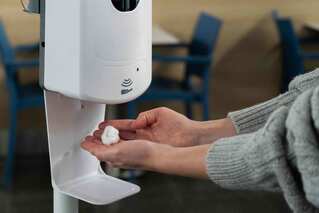
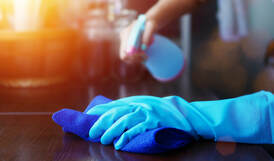
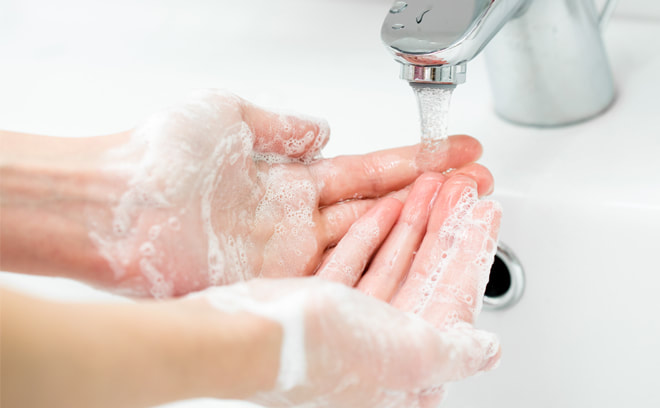
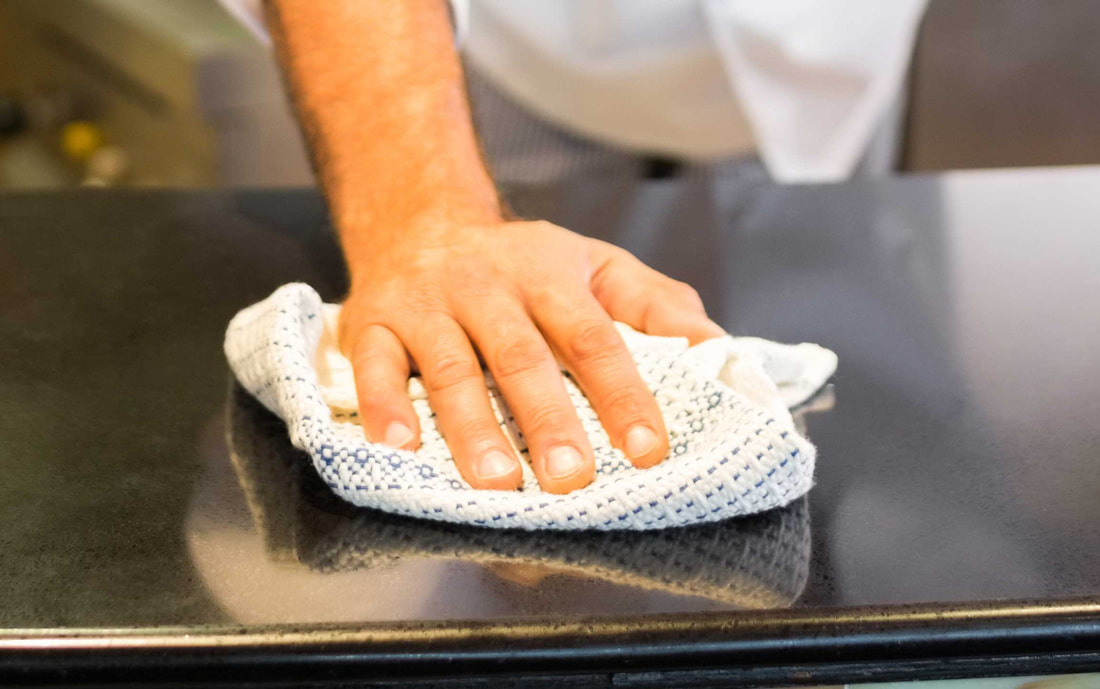
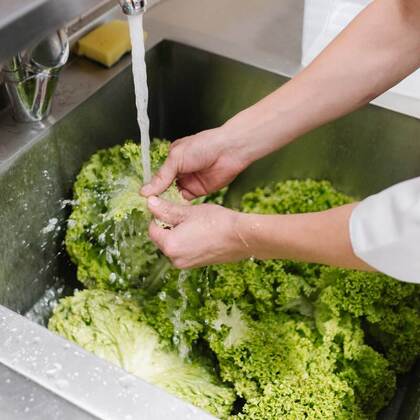
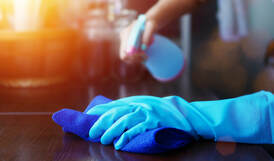



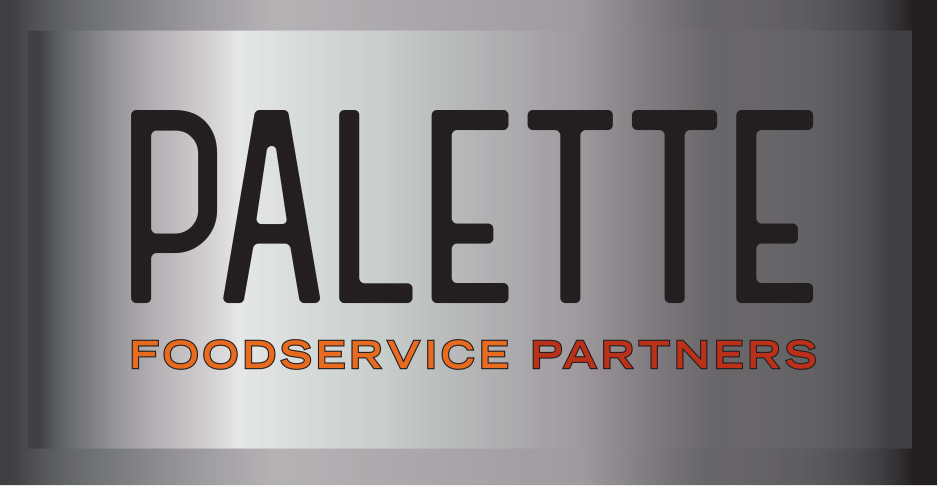
 RSS Feed
RSS Feed